When The Smashing Pumpkins debuted in 1991 with Gish, they sounded like a Midwest relative to Hollywood’s Jane’s Addiction.
Videos by American Songwriter
Both groups shared a love of 1970s rock and glam. But Billy Corgan and Perry Farrell were two very different characters. Farrell not only liked to party, he also often threw it.
Corgan had a different approach. Beneath the thundering riff of “I Am One,” he sings, “Try to look for something in your city to burn.” The hedonism of Jane’s Addiction now had its nihilist cousin.
Who Wants Honey?
Fast-forward to the colossal Siamese Dream and Corgan’s opening salvo, “Cherub Rock.” Perhaps no other riff this side of “Smells Like Teen Spirit” so neatly defines ’90s alt-rock. The blueprint established on Gish by Corgan and co-producer Butch Vig was later replicated on Nirvana’s culture-shattering Nevermind.
The second Smashing Pumpkins album also featured the hits “Today” and “Disarm.” If “Jane Says” was the ’90s version of “Stairway to Heaven,” “Disarm” was its “Landslide.” For consistency, Corgan covered “Landslide” on The Smashing Pumpkins’ B-sides collection Pisces Iscariot.
But Corgan wanted more and had little interest in following his band’s already successful formula. The Smashing Pumpkins followed Siamese Dream with an ambitious double album, Mellon Collie and the Infinite Sadness.
An Ode to No One
By 1995, grunge was waning, and fans were mourning the death of Kurt Cobain from a year earlier. There was always friction between Corgan’s ambition and the slacker vibe of his contemporaries. But Mellon Collie became a towering example of his talent and determination. Like most double albums, it’s long and bloated. It’s also a masterpiece.
“Tonight, Tonight” stands as Corgan’s hopeful anthem, and Jimmy Chamberlin’s rapid-fire drumming makes you believe in possibility. Bassist D’arcy Wretsky and guitarist James Iha are the quiet members of the band, and though Corgan often recorded their parts, subsequent versions of the band without them reveal their importance.
Believe, believe
That life can change
That you’re not stuck in vain
We’re not the same, we’re different
Tonight, tonight.
The Aeroplane Flies High
The deluxe edition of Mellon Collie features nearly six hours of music. Corgan said he wrote more than 50 songs at the time. And the ones that didn’t make the final cut might have turned this into a triple album. Or set aside for an entirely separate record. (In 1996, Virgin Records released a compilation album, The Aeroplane Flies High, as a companion piece of studio outtakes.)
As sprawling as Mellon Collie is, it needed to be this long to contain the kind of creative run Corgan was on. Though defiance motivated Corgan to go against his record label’s wishes, he insisted on releasing the rambling collection that many viewed as career suicide. He proved everyone around him wrong. It topped the charts, and the singles became something like a 1990s hitchhiker’s guide to alternative rock.
Begin with “Zero.” Look at its title. Self-loathing, self-obsessed with off-the-charts grievance. The following line could be Corgan’s mission statement: Intoxicated with the madness / I’m in love with my sadness. The riff dares you to stand still.
Remember the nihilism mentioned above: And cleanliness is godliness, and God is empty / Just like me.
The World Is a Vampire
Meanwhile, “Bullet With Butterfly Wings” endures as an alt-rock manifesto. Maybe more so than “Smells Like Teen Spirit.” On Nirvana’s classic, Cobain sings Here we are now / Entertain us. Then Corgan illustrates the letdown: Despite all my rage, I am still just a rat in a cage.
Still, Corgan’s music is also full of beauty. On “1979,” he employs a drum loop and droning guitar riff in a lament to fading youth. It’s nostalgic and dreamy and hints at the band’s psychedelic beginnings.
Reflecting on 30 years of Mellon Collie, Corgan told Guitar Player, “It’s still a mystery to me. At the time, it felt like this kind of crazy mess.”
He added, “We stuck to the plan, which was to always be moving forward. It’s a parlor argument, but I certainly live it.”
Photo by Tim Mosenfelder/Getty Images

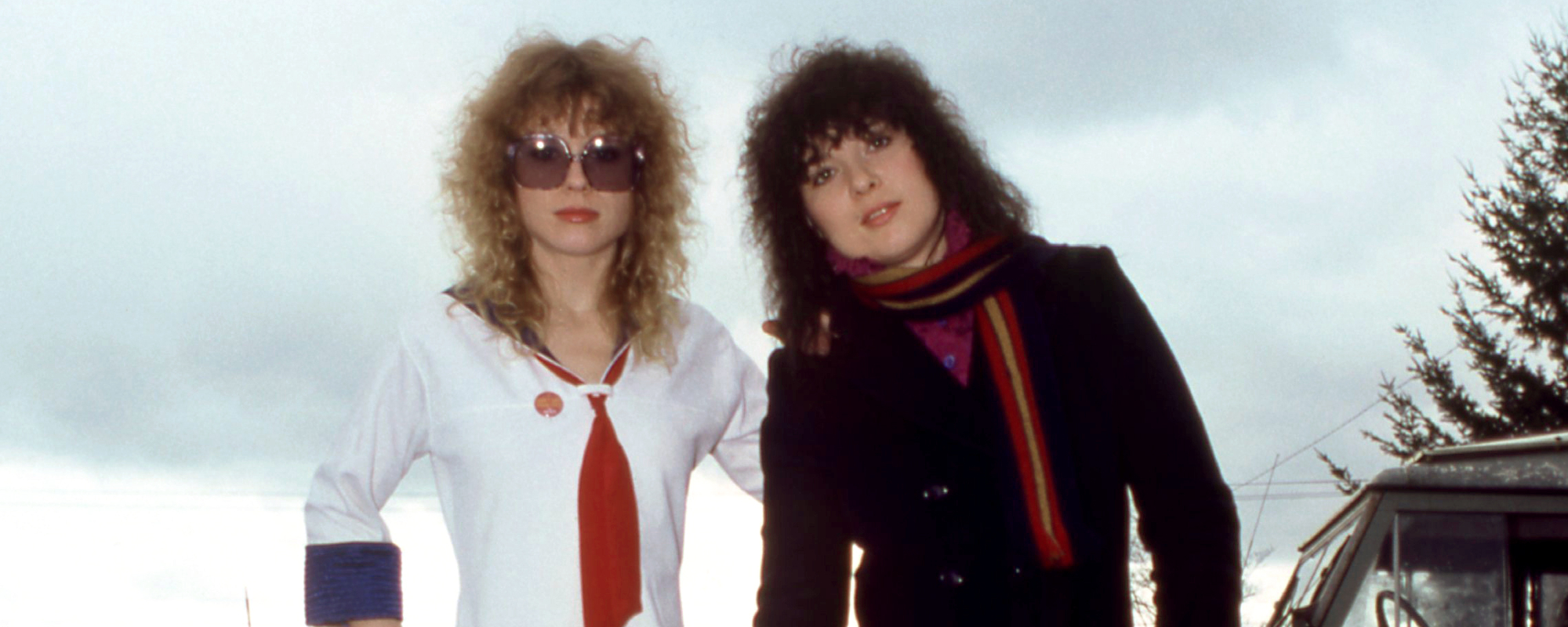
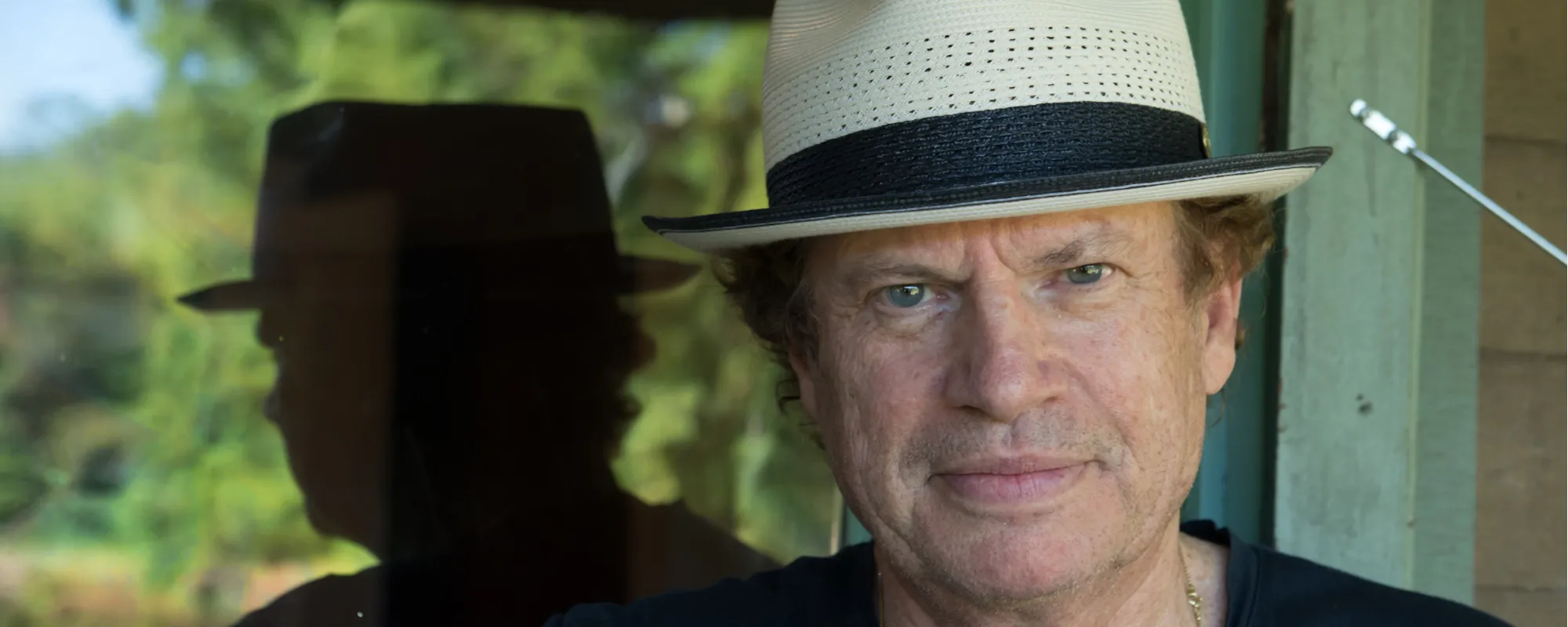

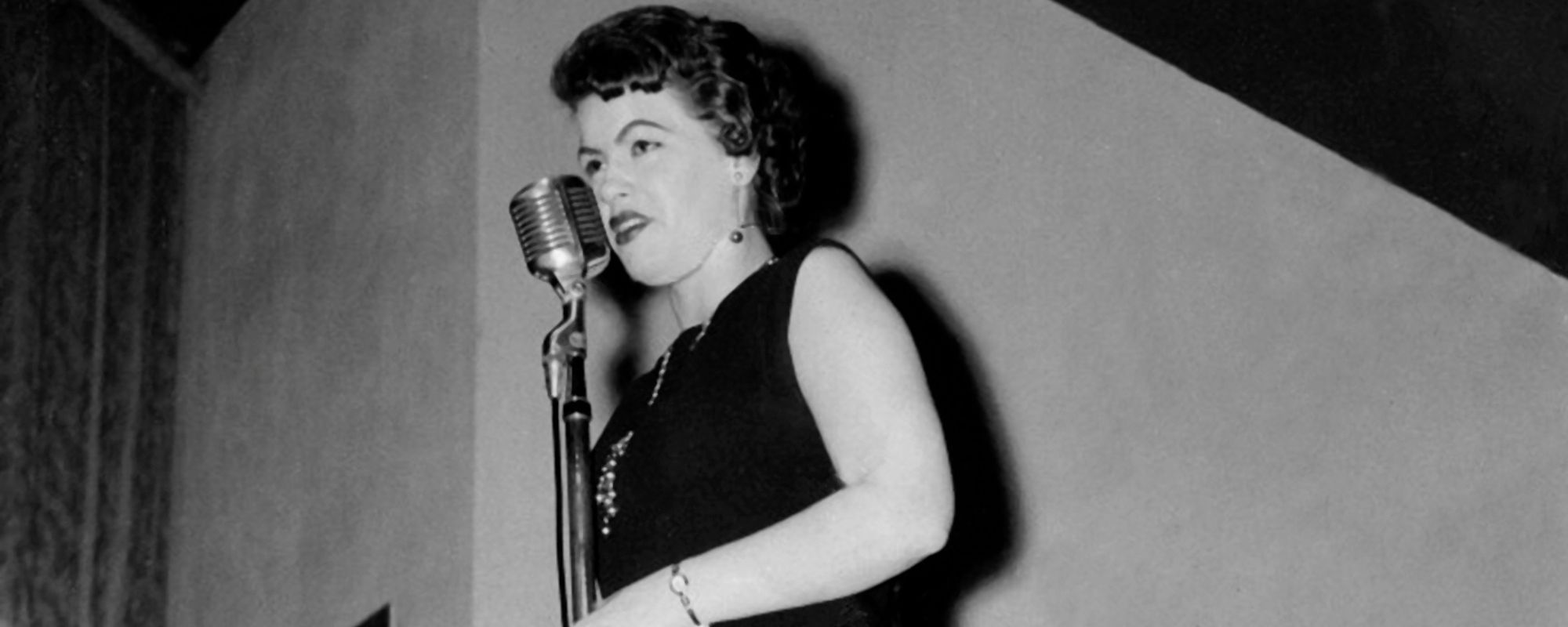
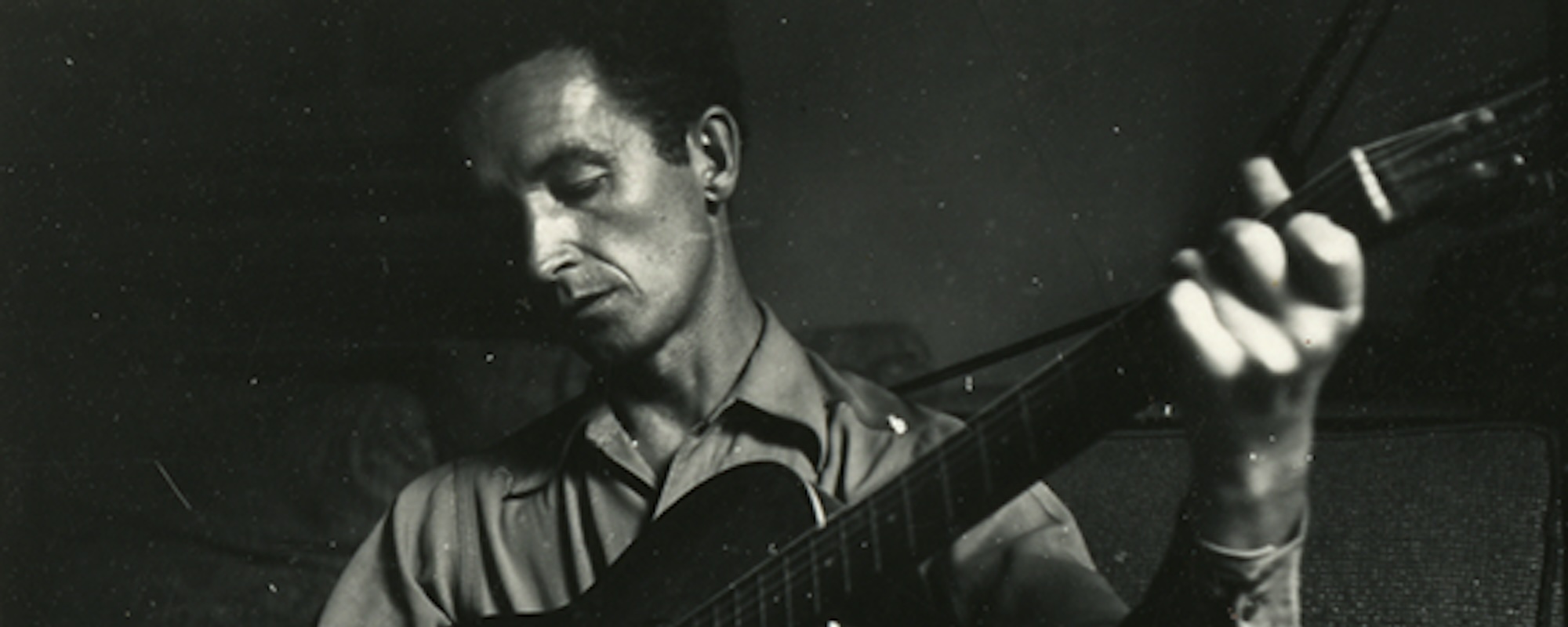
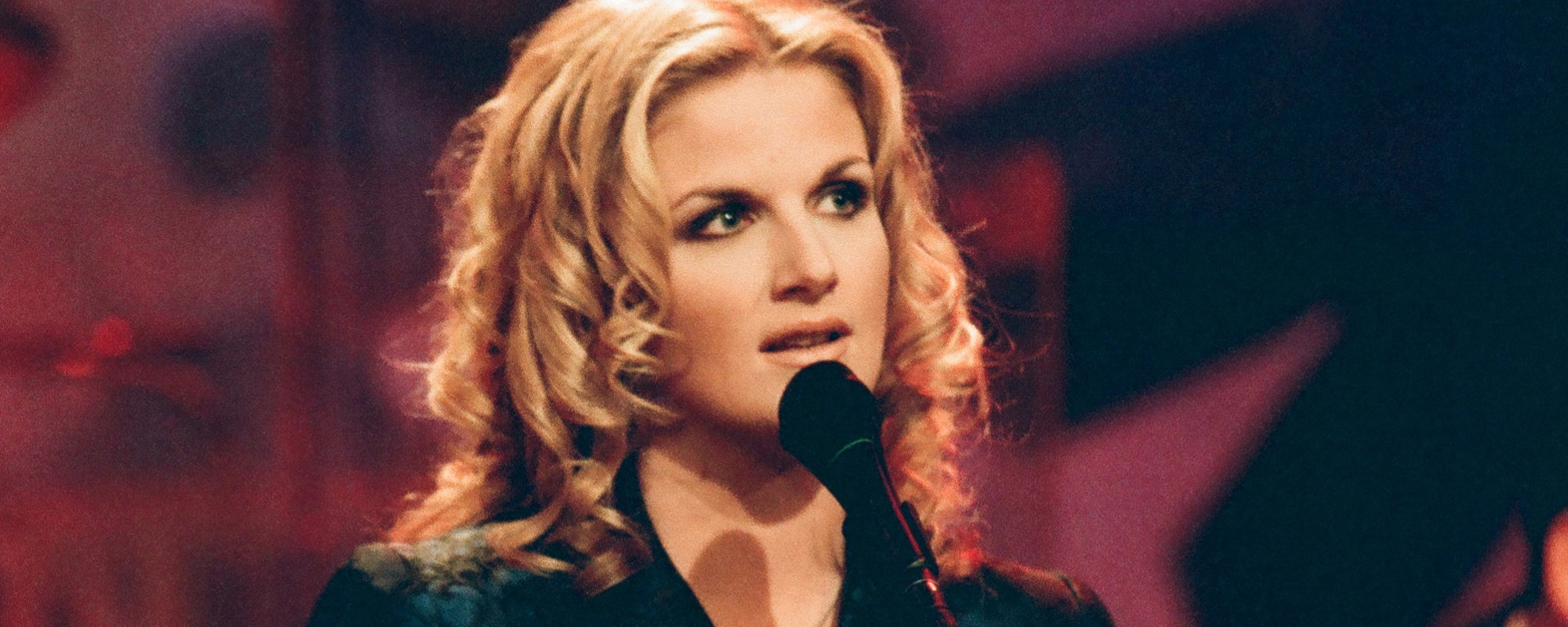
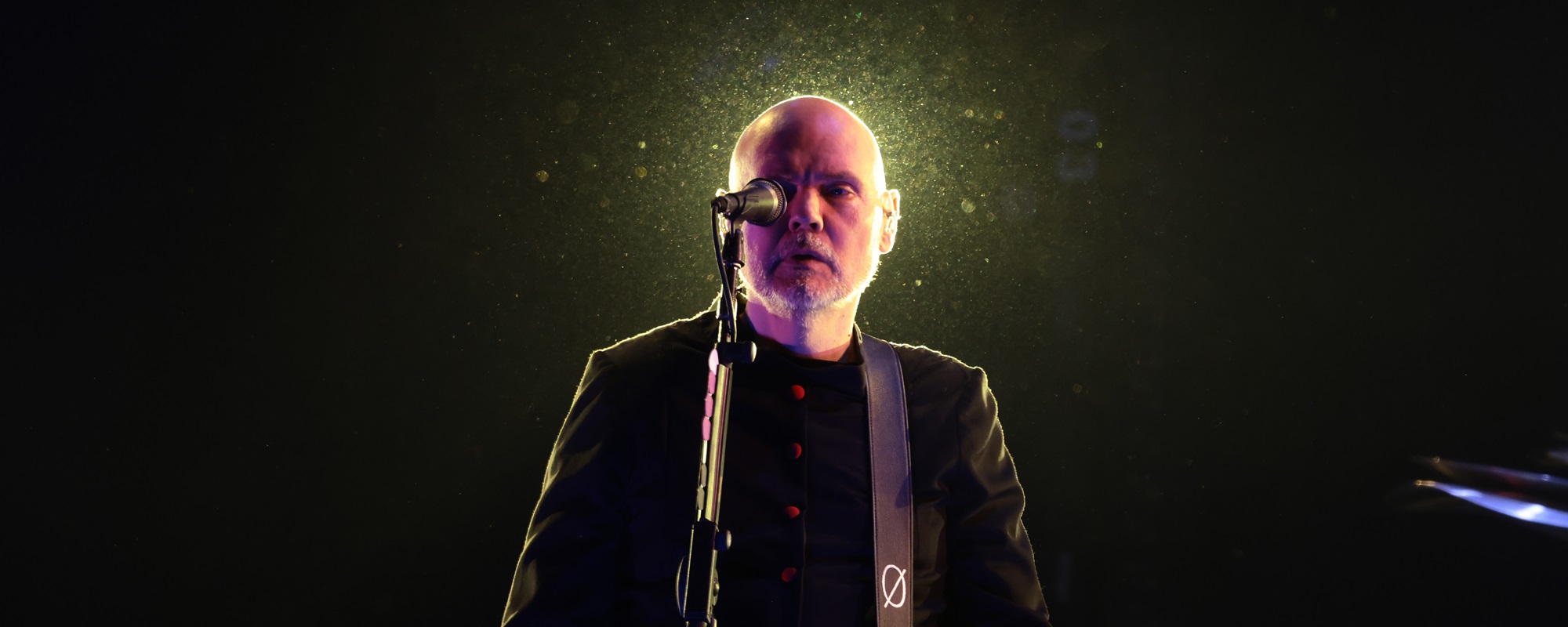
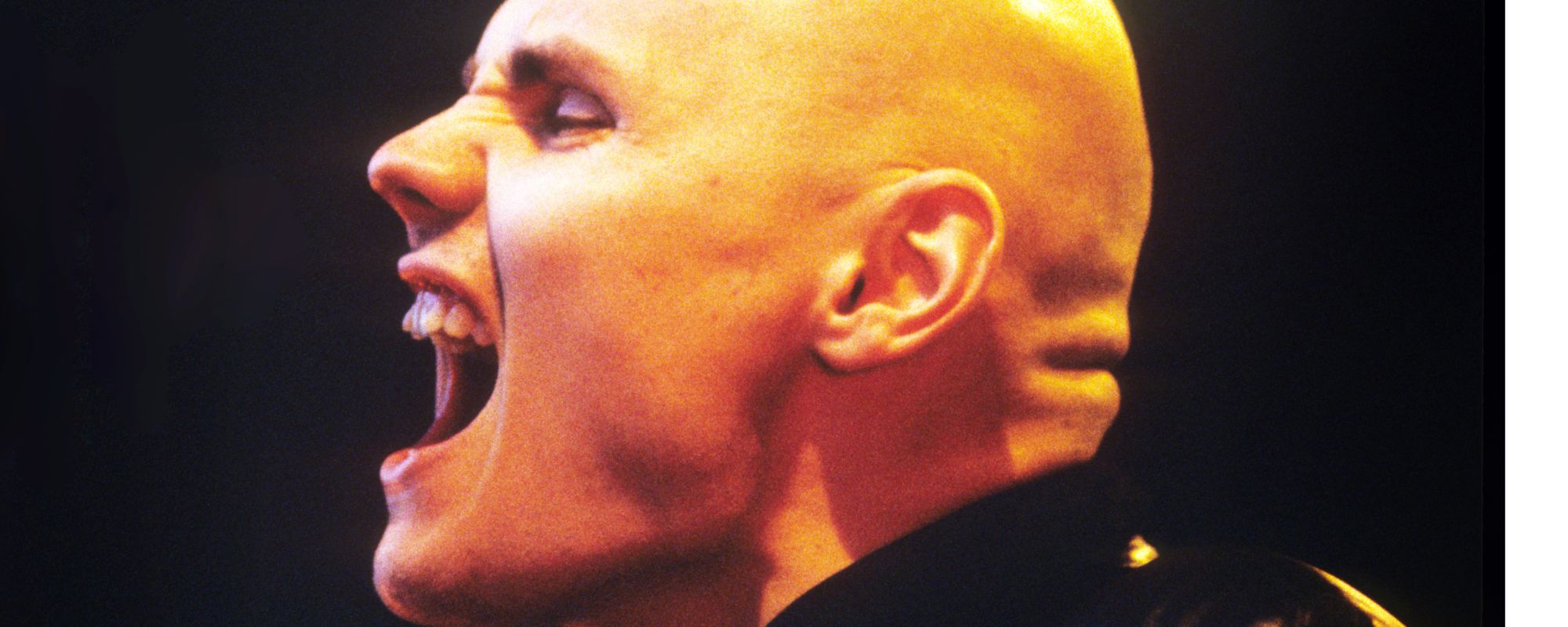



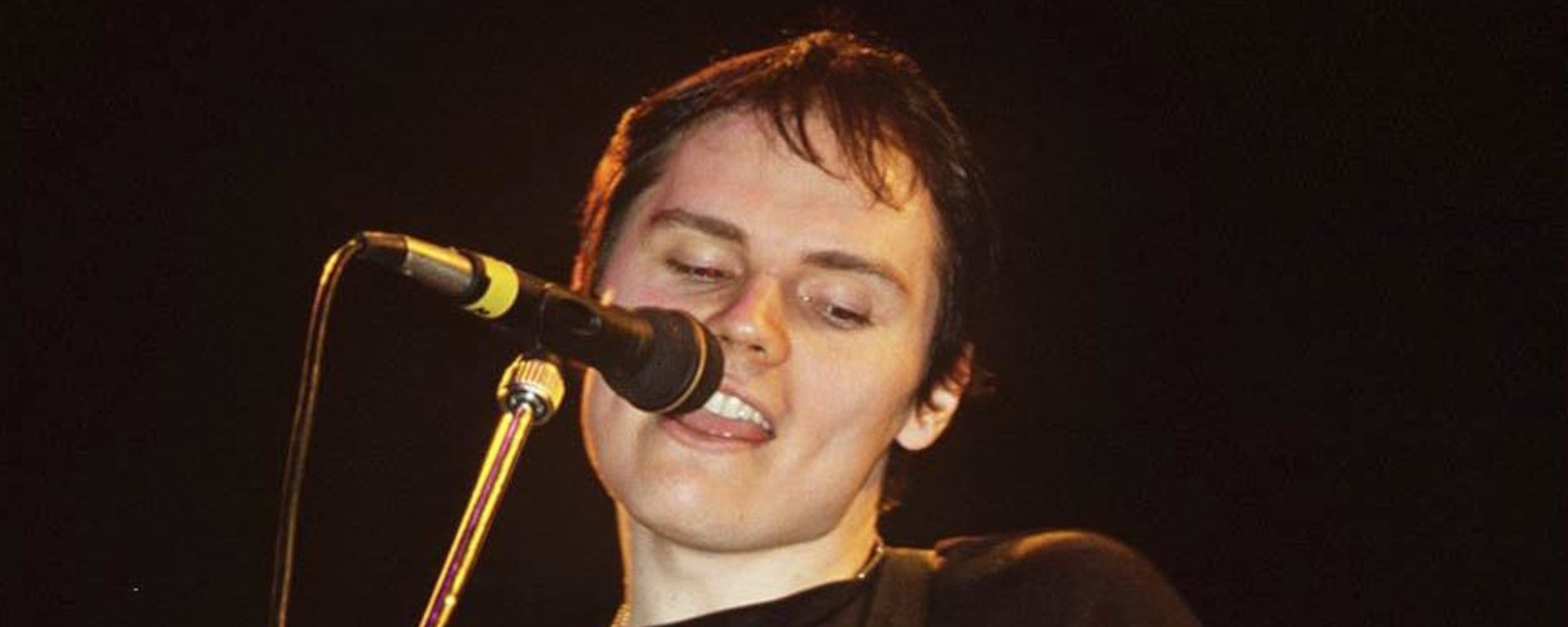
Leave a Reply
Only members can comment. Become a member. Already a member? Log in.